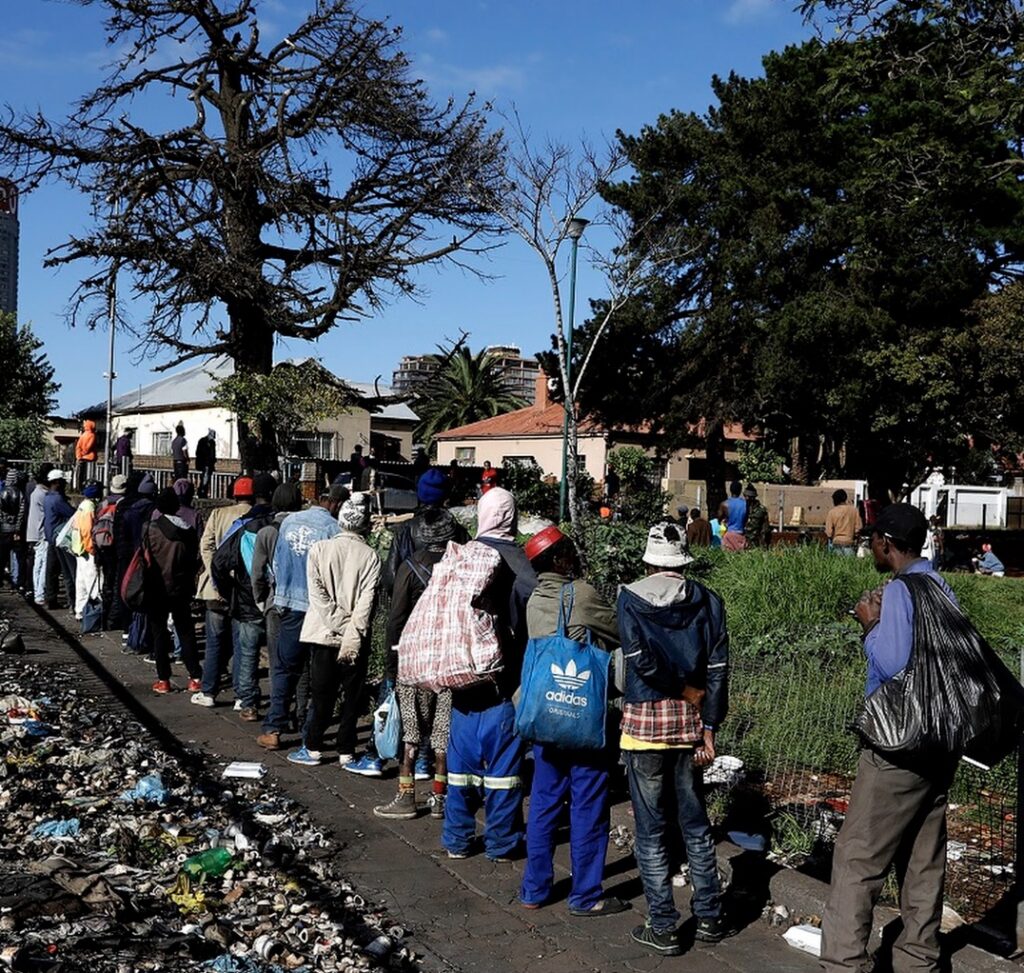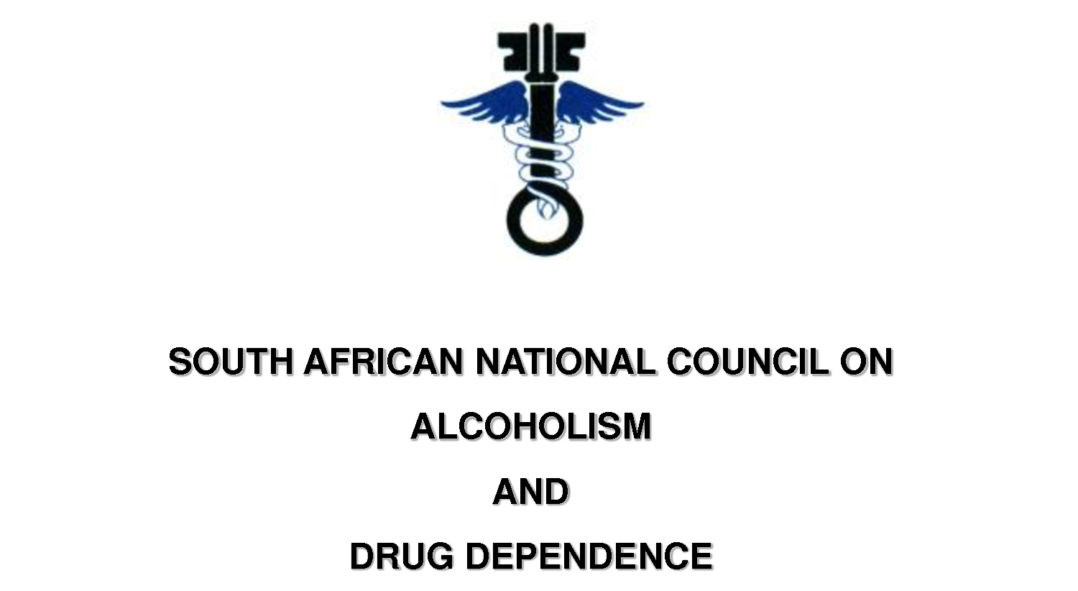Introduction The influence of the social environment on individual behaviour is a complex and multifaceted phenomenon, particularly in the context of drug abuse among...
Causes and Effects of homelessness among youth in South Africa:
In South Africa, the issue of homelessness among youth is a growing concern, driven by a complex interplay of social, economic, and familial factors. The causes of this distressing phenomenon range from economic instability and the HIV/AIDS pandemic to family breakdown and a significant lack of affordable housing. These factors not only strip young people of the stability of a home but also push them into a cycle of poverty and exclusion that is difficult to escape. As the country grapples with high unemployment rates and social inequalities, the number of young individuals finding themselves without a place to call home continues to rise, highlighting the urgent need for comprehensive solutions and interventions.
The effects of homelessness on South Africa’s youth are profound and far-reaching, impacting not just their immediate well-being but their future potential as well. Living without a home significantly hampers educational and employment opportunities, exacerbating the cycle of poverty and limiting socioeconomic mobility. Furthermore, the experience of homelessness often leads to mental health issues, substance abuse, and social isolation, marking the lives of affected individuals with challenges that extend far beyond the lack of physical shelter. Understanding the causes and effects of homelessness among youth in South Africa is crucial for developing effective policies and support systems that can address this issue at its roots, offering hope and a pathway to stability for those affected.
Homelessness Stats in SA as of 2022
Here are some quick facts from the 2022 Census on homelessness in South Africa:
- Total Homeless Population: There were 55,719 homeless people counted, with a gender distribution of 39,052 men and 16,667 women.
- Living Conditions: Out of the total, 44,512 people were living on the streets (“roofless”), and 11,207 found shelter in designated shelters.
- Regional Distribution: Gauteng had the highest number of homeless people at 45.6% (25,384 people), followed by the Western Cape at 17.5% (9,743 people), and KwaZulu-Natal at 13.9% (7,768 people). The Northern Cape and Mpumalanga recorded the lowest, with 1.1% (588 people) and 2.3% (1,306 people), respectively.
- Main Causes of Homelessness:
- Joblessness or income challenges were cited as the main reason, affecting 41.3% of the homeless population.
- Drug and alcohol abuse was the second most common cause, accounting for 25%.
- Arguments with family and friends led to 17% of the homelessness cases.
- Parents’ deaths were responsible for 8.8% of the cases.
- The inability to afford accommodation caused 7.9% of the homelessness.
Here’s a table outlining the causes and effects of homelessness among youth in South Africa:
| Causes of Homelessness | Effects of Homelessness |
|---|---|
| Economic instability – High unemployment rates and poverty make it difficult for young people to afford housing. | Mental health issues – Experiencing homelessness can lead to depression, anxiety, and other mental health challenges. |
| Family breakdown – Issues like domestic violence, abuse, and family conflict can force youth to leave home. | Substance abuse – In an attempt to cope with the hardships of homelessness, some turn to drugs and alcohol. |
| Lack of affordable housing – The scarcity of affordable housing options leaves many young people without a stable place to live. | Limited education and employment opportunities – Homelessness can interrupt schooling and make it hard to gain employment. |
| HIV/AIDS pandemic – The loss of parents or guardians to HIV/AIDS leaves many young people without support, increasing their risk of homelessness. | Physical health problems – Living on the streets exposes youth to conditions that can lead to physical health issues. |
| Social inequality – Discrimination based on race, gender, or sexual orientation can marginalize young people, increasing their risk of becoming homeless. | Social isolation – Homelessness often leads to a lack of social support and isolation from community and family. |
This table highlights how various factors contribute to homelessness among South African youth and the broad range of impacts it has on their lives, health, and future prospects.
Exploring the Causes and Effects of Homelessness among youth in South Africa

1. Economic Instability
Cause: South Africa’s high unemployment rate, especially among the youth, is a significant driver of homelessness. Economic instability, characterized by insufficient job opportunities and low wages, makes it challenging for young individuals to secure stable housing. The country’s economic challenges exacerbate the situation, pushing more young people into precarious living conditions.
Effect: The direct impact of economic instability on homeless youth is a cycle of poverty that is hard to break. Without stable employment, these individuals struggle to afford basic necessities, let alone secure housing. This lack of financial security not only affects their immediate living conditions but also limits their future prospects and ability to contribute meaningfully to society.
2. Family Breakdown
Cause: Family conflicts, domestic violence, and abuse are potent factors driving youth homelessness in South Africa. Young individuals often flee their homes to escape harmful environments, leading to an increase in the number of young people living on the streets. The breakdown of family structures leaves many without the emotional and financial support needed to maintain a stable living situation.
Effect: The consequences of family breakdown on homeless youth are severe, including emotional trauma and a lack of a support network. This isolation can lead to mental health issues and difficulty in forming healthy relationships. Moreover, the absence of a stable family environment hinders their ability to access educational opportunities and stable employment.
3. Lack of Affordable Housing
Cause: The scarcity of affordable housing in South Africa is a critical issue, contributing significantly to youth homelessness. Rapid urbanization and the lack of effective housing policies mean that many young people cannot afford the high cost of living, particularly in urban areas where opportunities are concentrated.
Effect: As a result of the lack of affordable housing, young individuals are often forced into overcrowded living conditions or onto the streets. This lack of stable housing adversely affects their health, security, and overall well-being. Furthermore, it creates barriers to accessing education and employment, perpetuating the cycle of poverty.
4. HIV/AIDS Pandemic
Cause: The HIV/AIDS pandemic has had a profound impact on South African society, leaving many children orphaned or with ill caregivers, increasing their risk of homelessness. The loss of parents or guardians to the disease often results in a lack of adult supervision and support, pushing many young people into homelessness.
Effect: For youth affected by the HIV/AIDS pandemic, the path to homelessness is often accompanied by emotional trauma and stigma. These individuals may struggle with their health, face discrimination, and lack access to essential services, including healthcare and education, further marginalizing them from society.
5. Social Inequality
Cause: Discrimination based on race, gender, or sexual orientation exacerbates the risks of homelessness among youth in South Africa. Marginalized groups often face additional barriers to housing, employment, and education, pushing them towards homelessness.
Effect: The effect of social inequality on homeless youth includes heightened vulnerability to exploitation, violence, and abuse. It also limits their access to social services and support networks, making it more difficult to escape the cycle of homelessness. Discrimination can lead to a sense of alienation and a decreased sense of self-worth, impacting their overall mental health and well-being.






